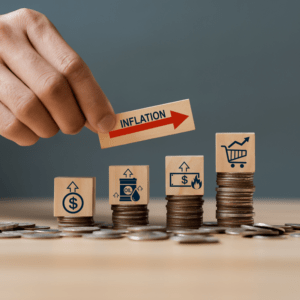 Inflation impacts all of us in a number of ways, not just in a steady rise in the prices of the things we buy every day. One of the most complicated is how the monthly/annual inflation rate influences our interest rates—the rate at which we borrow money.
Inflation impacts all of us in a number of ways, not just in a steady rise in the prices of the things we buy every day. One of the most complicated is how the monthly/annual inflation rate influences our interest rates—the rate at which we borrow money.
Really? In May the so-called core consumer price index—basically the CPI excluding food and energy costs—rose a modest 0.2%. Over the last year, the core CPI is up 3.4%, which is the slowest pace in three years.
The economists at the U.S. Federal Reserve Board watch these figures closely, because they have a policy goal of reducing the inflation rate (the core rate is used as the target) to 2.0% a year. People with an extensive background in higher mathematics will tell you that 3.4% is higher than 2.0%, but the fact that the core index is dropping without any pressure or intervention from the Fed has given the Fed some space to keep interest rates the same, while it watches how the trend will play out.
If inflation starts rising again, the Fed might decide to raise rates. If inflation continues trending toward 2%, the Fed might feel comfortable lowering rates, perhaps to give the economy a boost or lower the unemployment rate. Either way, inflation and interest rates are linked through the eyes (and interpretations) of a small handful of economists.



